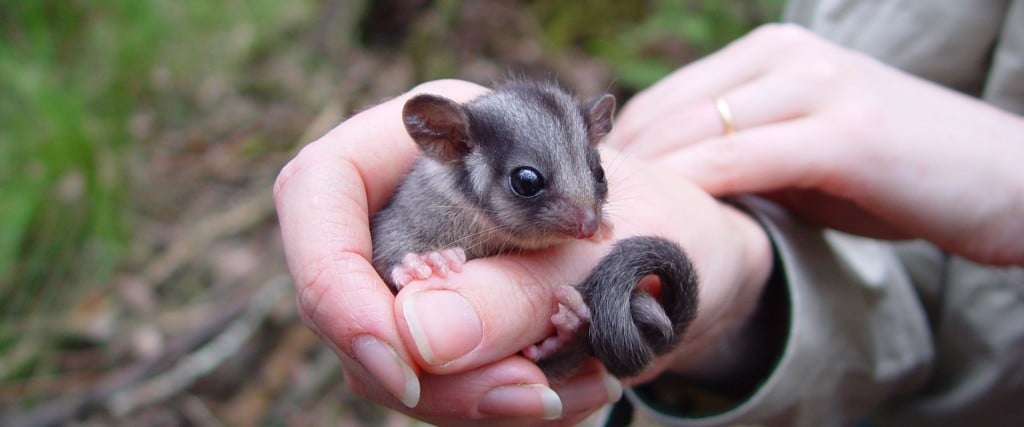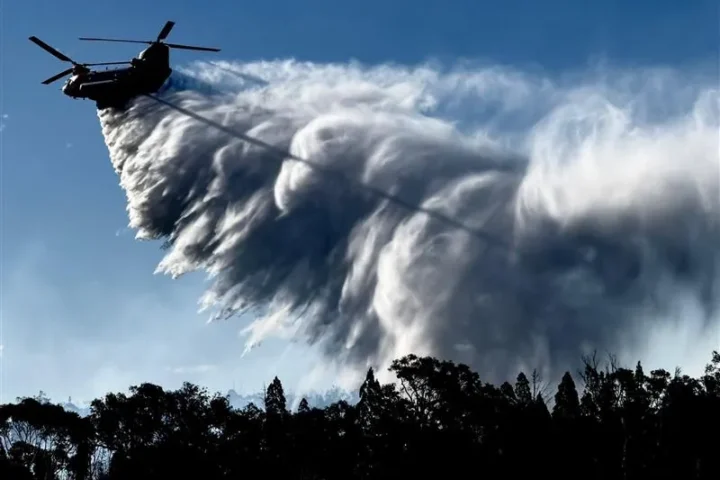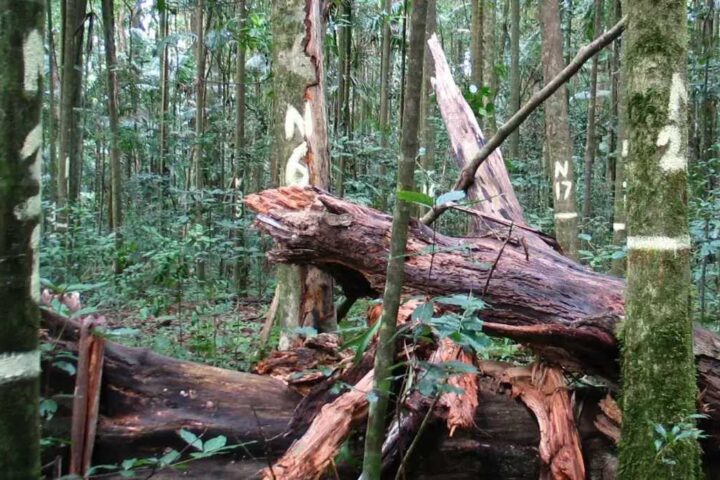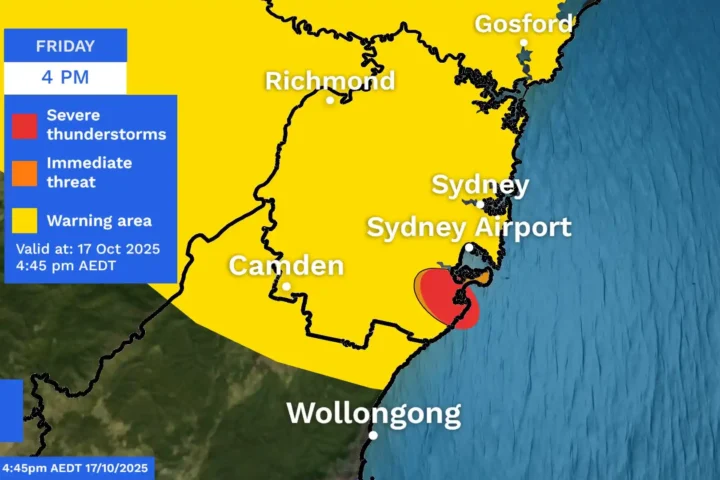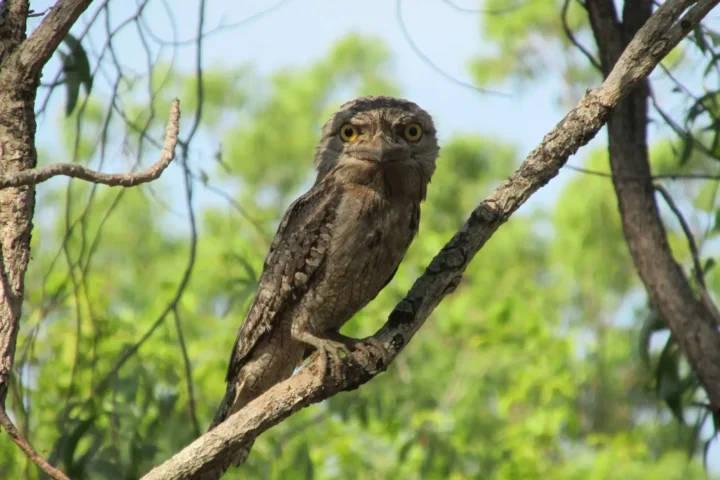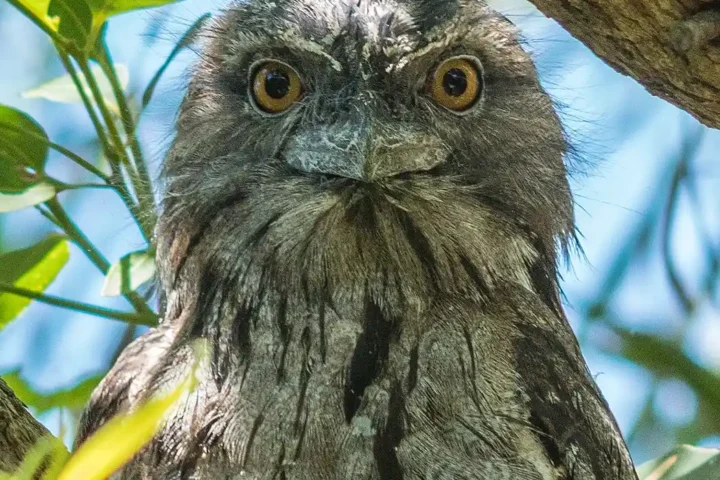In a surprising discovery, scientists have found a Leadbeater’s possum in Kosciuszko National Park in New South Wales (NSW). This small, critically endangered marsupial was thought to be extinct in NSW for over 100 years.
Government threatened species officers from NSW accidentally caught the possum on camera while looking for another endangered animal, the smoky mouse. The camera captured seven photos of the possum over just 10 seconds in October last year, but researchers only discovered these images recently while reviewing nearly one million photos.
“It jumped right out at me,” said Fred Ford, a senior threatened species officer with the NSW government.
Before this discovery, Leadbeater’s possums were only known to live in Victoria, where they serve as the state’s mammal emblem. The nearest known living population is more than 250 kilometers away from this new discovery site.
The tiny possum, nicknamed “forest fairy,” has a distinctive appearance. “It looks like a sugar glider, except it’s not a glider,” explained David Lindenmayer, an ecologist with the Australian National University. “It’s a jumping possum that moves like greased lightning in the forest understorey.”
From nose to tail, these possums measure about 30 centimeters (1 foot) long, with their tails making up about half that length. They live in groups of up to 12 and fiercely protect their territory, which typically covers 5 to 7 acres.
Similar Post
These possums need specific habitat conditions to survive. They require old-growth trees with hollows for denning and breeding, along with smaller trees that provide cover as they move around. Their diet consists mainly of insects, nectar, and tree sap.
Scientists had suspected Leadbeater’s possums might be living in Kosciuszko National Park. In 2010, they found jaw bones from the species in the area, but these were from possums that had died. Other bones found nearby were between 140 and 200 years old. The recent photos are the first proof of living possums in the park.
The discovery has excited conservation experts, but they warn that the possum remains critically endangered. In Victoria, there are about 4,000 possums left in the wild, split between highland and lowland populations. The lowland population has dwindled to just 40 individuals.
“This exciting discovery is a powerful reminder of how precious Australia’s mountain wildlife is – and how urgently we need to protect it,” said Jack Gough, CEO of the Invasive Species Council.

Scientists now plan to conduct more research on this newly discovered population. They believe these possums may be genetically different from those in Victoria due to their long isolation.
The NSW Government has started the process to officially list the species as threatened within the state and will work with Victorian authorities to better understand and protect these animals.
“We are really hopeful that this means this possum that we thought was previously extinct in NSW, is actually making a recovery,” said NSW Environment Minister Penny Sharpe.
This discovery highlights the importance of protecting natural habitats and continuing to survey for rare species, even in areas where they haven’t been seen for generations.
